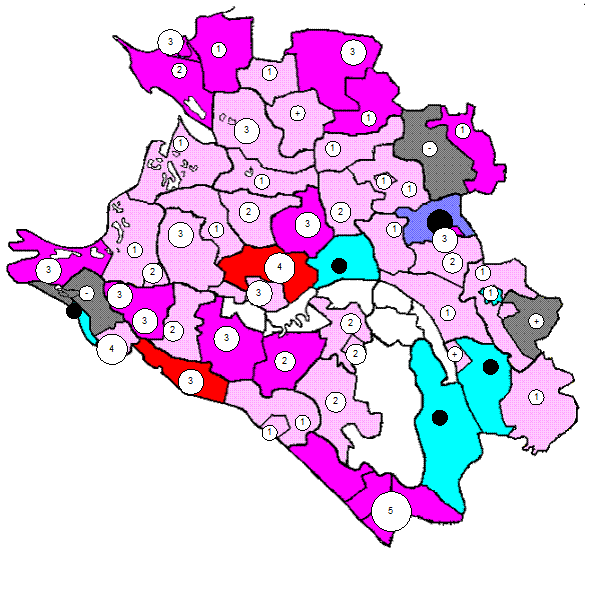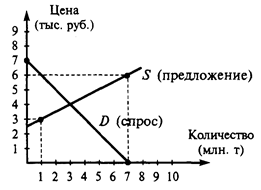Knowing what’s kneaded
The entrepreneurs of OWL are confident that global trends will continue to go their way. 5 billion people can reasonably aspire to join the 1 billion who are already well off, says Mr Beckhoff. It will take “a lot of engineering” to pull that off without environmental ruin and strife over resources, and that will provide ever more opportunities for manufacturers. As the aerospace industry turns to new materials like titanium and car makers shrink engines to boost efficiency, they provide machine-tool makers with new markets. And old markets can be refined as they grow. WP Kemper, a maker of baking equipment near Bielefeld, expects demand for dough to double over the next decade, as consumers in developing countries broaden their diets. The new generation of bakers will be unfamiliar with the mysteries of European bread, so Kemper is working on an “intelligent kneader” that knows when dough is ready. Many Mittelstand firms are oligopolists, argues Mr Schmiedeberg, occupying niches so narrow that they attract few rivals. Increasingly, the niches are being defended with services, in this context not the term of derision it often is in manufacturing circles. Beckhoff builds its own sales and maintenance networks, relying little on dealers—unlike some of its non-German competitors. The next stage is “hybrid value-added”, in which the product is an outcome that the customer wants rather than the good that produces it. Wolf Heiztechnik of Bavaria is developing a contract under which it sells temperature control rather than heating equipment. “Every Chinese firm can do the industrial part, not the whole hybrid,” says Karl Lichtblau of IW Consult, a consultancy. Counting industry-related services, he reckons, manufacturing’s share of GDP is more like 30% than 20%. In places like Bielefeld the future looks like an extension of the past. Not everything changes at once, and institutions are there to help out. When the machine-building department at Bielefeld’s University of Applied Sciences looked in danger of closing, industry drummed up interest among students to keep it open. IT’S OWL, a new initiative by machine builders, car-part suppliers and electronics companies, enlists universities to add intelligence to regional products, like Kemper’s smart kneader. “We are successful because we have companies behind us and companies ahead of us,” says Mr Beckhoff. His advice to politicians: don’t break the chain. But is the success of which he is justly proud enough? And is it something other countries can learn from? The platform for Germany’s success looks precariously narrow. Vehicles, machines, electronic devices and chemicals account for more than half of Germany’s exports, and exports provided nearly all Germany’s growth from 2001 to 2007. Optimists think Germany can keep its share of world trade, which grows twice as fast as global output, and thus stay ahead. But this is a big bet on a thin slice of the economy. Employment in manufacturing proper is less than a fifth of the total. In unglamorous, non-export oriented services Germany is in a much sorrier state. Stunted services depress incomes and investment. The OECD predicts that, as the population ages, potential growth will drop, falling below 1% by 2020. “The underlying issue is raising productivity in services and increasing wages in line with that,” says Mr Tilford of the CER. Germany could do a lot more to perk up domestic demand. Deregulation of professional services would boost productivity and investment. Barriers to women working, including incentive-killing tax and benefit regimes and a shortage of crèches, should be removed. And Mr Tilford finds it “astonishing” that a country with a current-account surplus as big as Germany’s insists on balancing its budget.
Demographic decline could initially be a blessing, shifting power to workers as the workforce shrinks, with the subsequent increase in labour costs boosting domestic demand (see chart 4). Verdi, the services union, extracted a 6.3% pay rise from federal and municipal governments last month. In the engineering sector, where talks are under way, bosses are encountering a more assertive union. Domestic demand is expected to provide all this year’s growth, partly because Germany’s European trading partners are in such bad shape. Many of them would profit from becoming more like Germany in terms of building business success, but there are limits. Any leader with backing and boldness can imitate some of what Germany did when its joints were stiffened, like raising the pension age (which France has only just started on) or cutting social-security contributions, as Mr Sarkozy talks of doing. Southern Europe’s crash programme of structural reform is partly inspired by Germany. The dual system may be exportable, though not overnight. But it is another matter to excel in high-end capital goods or to assign to enterprise, unions and the state roles that Germany has been practising, with disastrous interruptions, for more than a century. During the crisis Italy introduced a short-time working scheme like Germany’s, but the results were disappointing: Italian firms and their workers could not mimic Germany’s ordered flexibility. Germany can offer lessons in how to get back into shape; but the essence of its model is rooted too deeply to be copied with ease.
Correction: In the original version of this story an out-of-date IMF GDP estimate was used in the first chart. The chart now displayed uses IMF estimates released in April this year. This was corrected on April 19th 2012.
|





